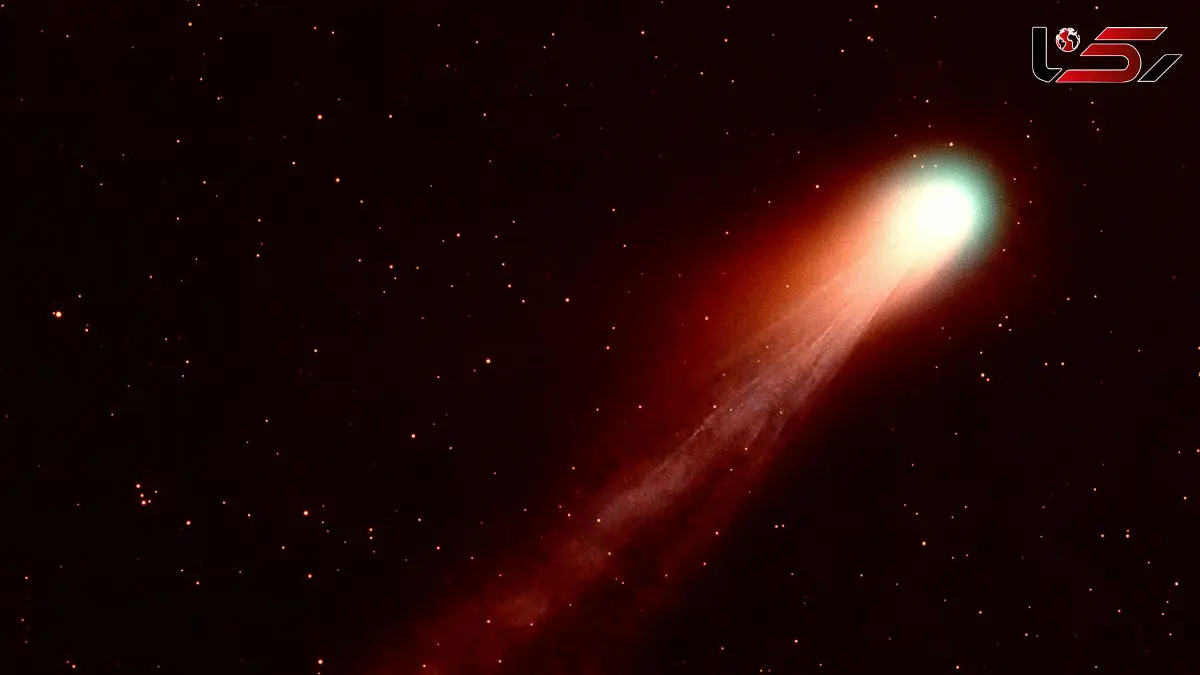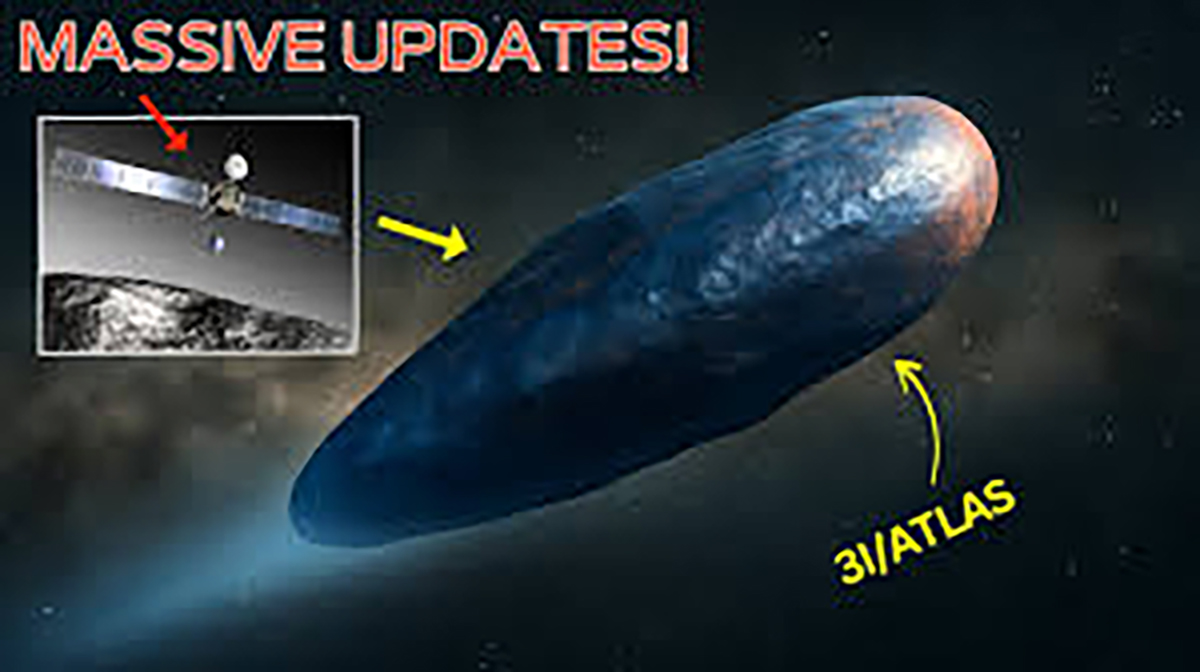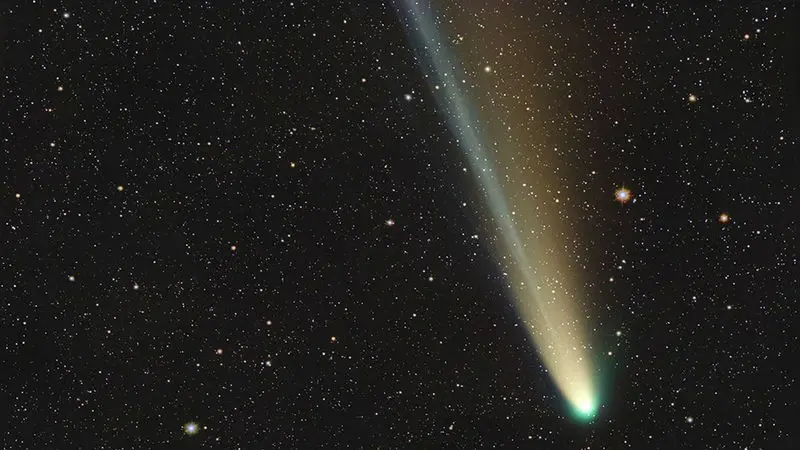Interstellar Comet 3I/ATLAS Astonishes Scientists with Mysterious Rapid Brightening Near the Sun
Rokna Social Desk: Astronomers are puzzled as the interstellar comet 3I/ATLAS suddenly brightened far faster than expected while passing near the sun — a mysterious event that challenges current understanding of how comets behave and may offer fresh clues about worlds beyond our solar system.

According to Rokna, citing Space.com, interstellar comet 3I/ATLAS continues to astonish astronomers, this time due to an unexpected and unusually rapid brightening as it made its closest approach to the sun — a phenomenon that has left scientists searching for answers.

Researchers say the reason behind 3I’s sudden increase in brightness, which far exceeds that of typical Oort Cloud comets at comparable distances, remains a mystery.
3I/ATLAS is only the third confirmed visitor from another star system ever observed in our solar system, following the elongated object ‘Oumuamua’ detected in October 2017 and the interstellar comet 2I/Borisov spotted in August 2019. Each of these rare travelers provides scientists with valuable clues about the composition and chemistry of distant planetary systems.
According to NASA, the Asteroid Terrestrial-impact Last Alert System (ATLAS) telescope first identified 3I/ATLAS on July 1, 2025. Since then, the comet has drawn international attention for its unusual behavior and its potential to shed light on materials that exist beyond our solar neighborhood.
The interstellar comet’s rapid brightening was observed by several space-based instruments — including NASA’s twin STEREO-A and STEREO-B spacecraft, the Solar and Heliospheric Observatory (SOHO), and the GOES-19 weather satellite. Because of its proximity to the sun, ground-based telescopes will not be able to study the object again until it emerges from behind the sun in its “post-perihelion” phase in mid- to late-November 2025.
In a new study published on the preprint server arXiv, Qicheng Zhang of Lowell Observatory and Karl Battams of the U.S. Naval Research Laboratory propose several possible explanations for the unexpected brightening. The phenomenon may be linked to the comet’s high speed as it approaches the sun or to unusual physical characteristics within its nucleus.

“If the internal structure or composition of 3I/ATLAS differs from that of Oort Cloud comets, it might suggest that the planetary system from which it originated has a unique chemical environment,” the researchers note. “Variations in composition, shape, or internal structure — possibly developed in its home system or during its interstellar journey — could also play a role.”
The scientists add that without a confirmed explanation, 3I/ATLAS’s future behavior remains unpredictable. It could either maintain its brightness briefly or fade quickly after passing perihelion, the closest point to the sun.
One possible cause for the brightening, they suggest, could be an unusual pattern of sublimation — the process by which frozen gases turn directly into vapor. 3I/ATLAS appears to be dominated by carbon dioxide sublimation even at a close solar distance of about three times that between Earth and the sun. This may have cooled its surface, delaying the vaporization of water ice into steam.
Whatever the cause, scientists agree that 3I/ATLAS has become one of the most fascinating interstellar objects ever observed. As it moves away from the sun and becomes visible again, astronomers expect to uncover even more surprises about this cosmic wanderer.
“Continued observations may ultimately provide a clearer understanding of this comet’s strange and unexpected behavior,” Zhang and Battams conclude.
A full report of the findings is available on arXiv, the scientific preprint repository.
Send Comments